Sustainable Development Goals
 |
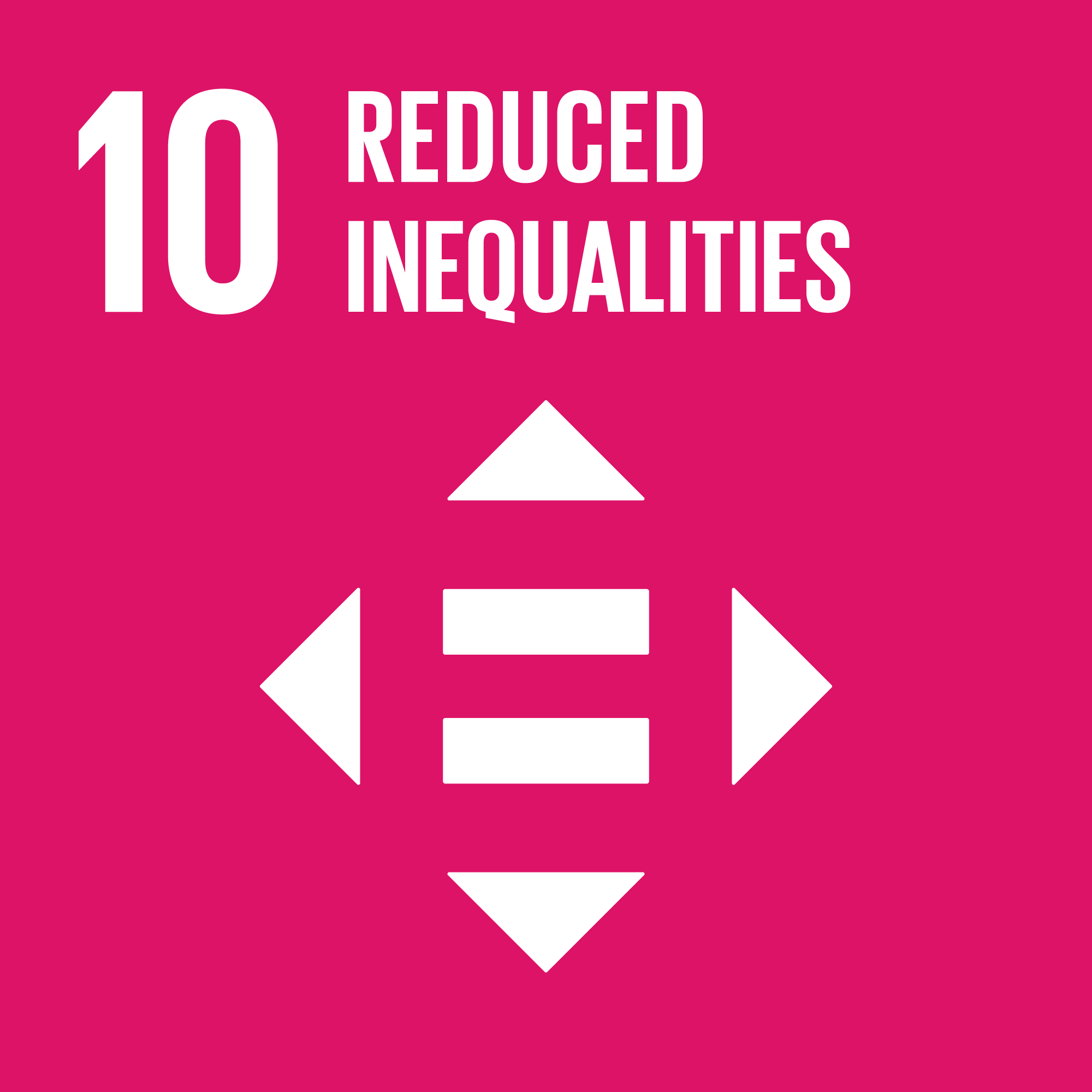 |
 |
 |
|
|
|
-
Target 10.2 | Promote Universal Social, Economic and Political Inclusion
|
|
|
|
|
|
|
|
|
|
|
|
Targets and Indicators with Data Availability
Note: The data may be updated periodically as more information become available.
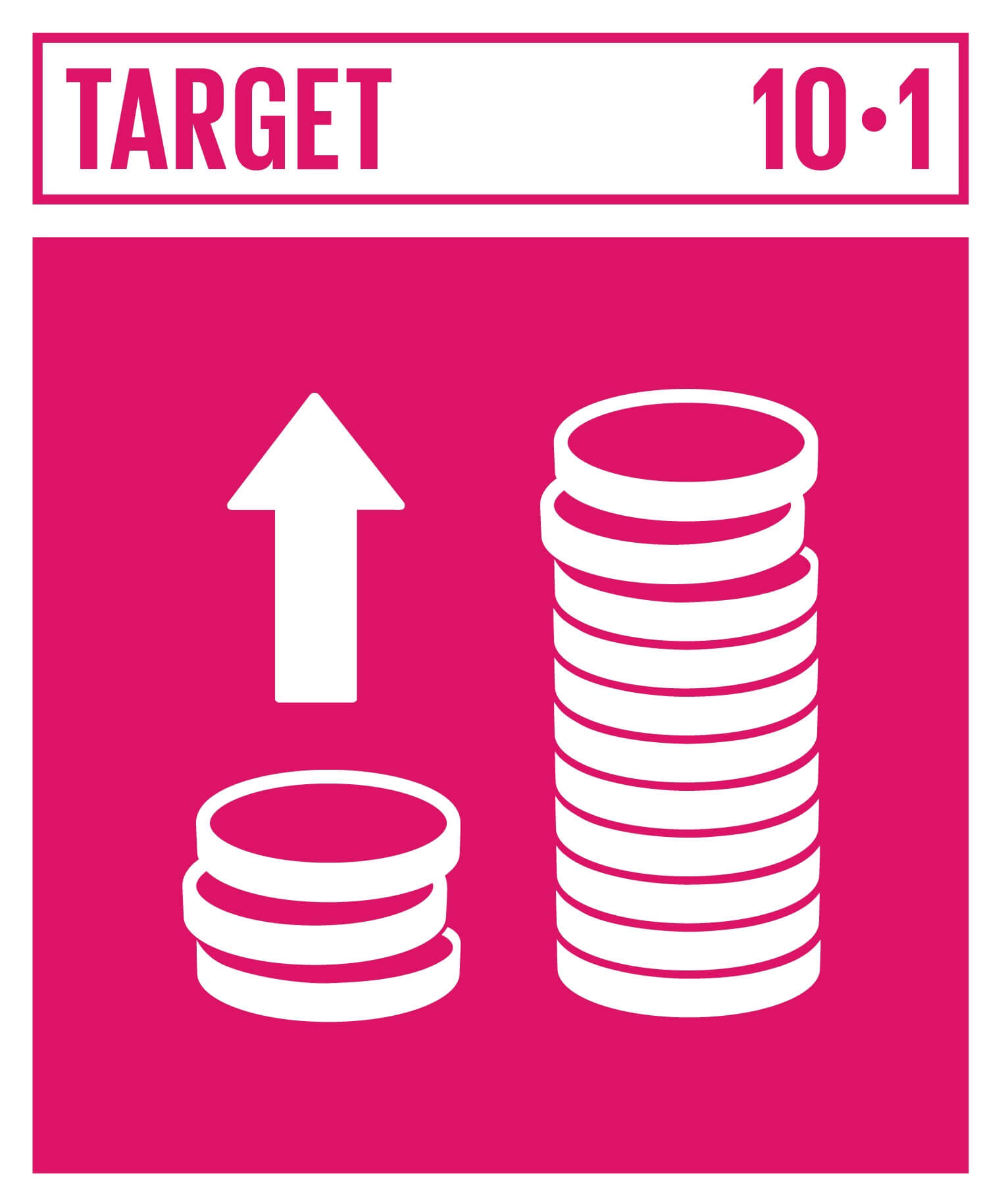 |
Reduce Income Inequalities
By 2030, progressively achieve and sustain income growth of the bottom 40 per cent of the population at a rate higher than the national average.
|
Indicator 10.1.1 | Growth rates of household expenditure or income per capita among the bottom 40 per cent of the population and the total population
|
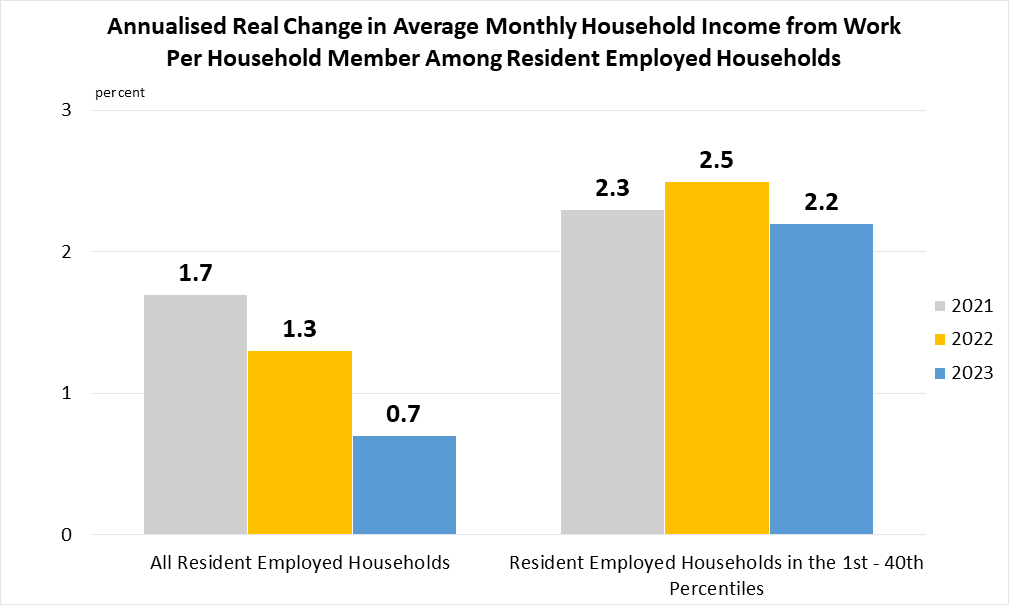
Figure for a particular year refers to the annualised real change over a 5-year period ending in that year (for e.g. figure for 2023 refers to the annualised real change from 2018 to 2023).
|
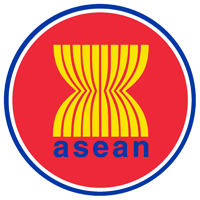 |
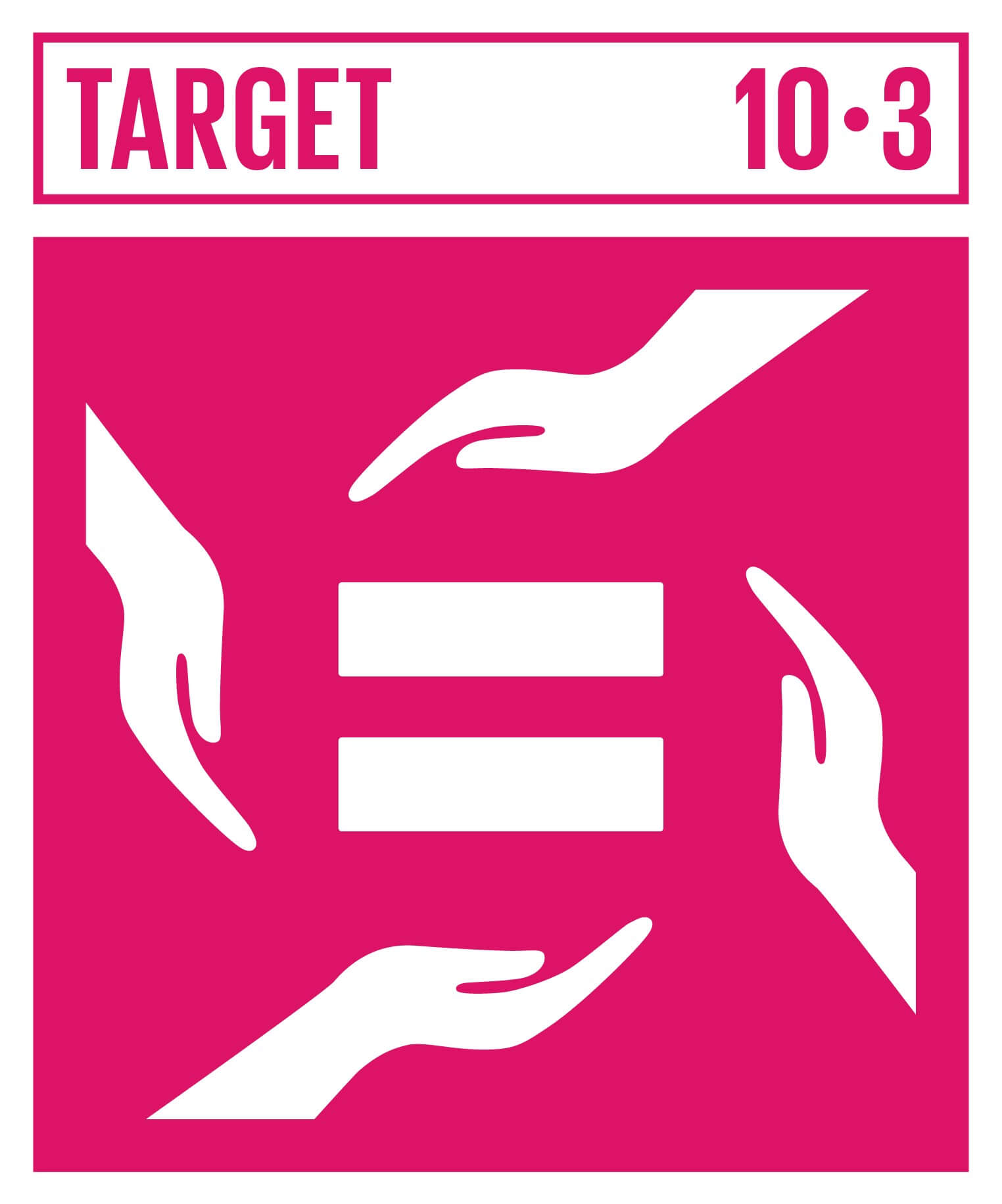 |
Ensure Equal Opportunities and End Discrimination
Ensure equal opportunity and reduce inequalities of outcome, including by eliminating discriminatory laws, policies and practices and promoting appropriate legislation, policies and action in this regard.
|
Indicator 10.3.1 | Proportion of population reporting having personally felt discriminated against or harassed in the previous 12 months on the basis of a ground of discrimination prohibited under international human rights law
|
(a)
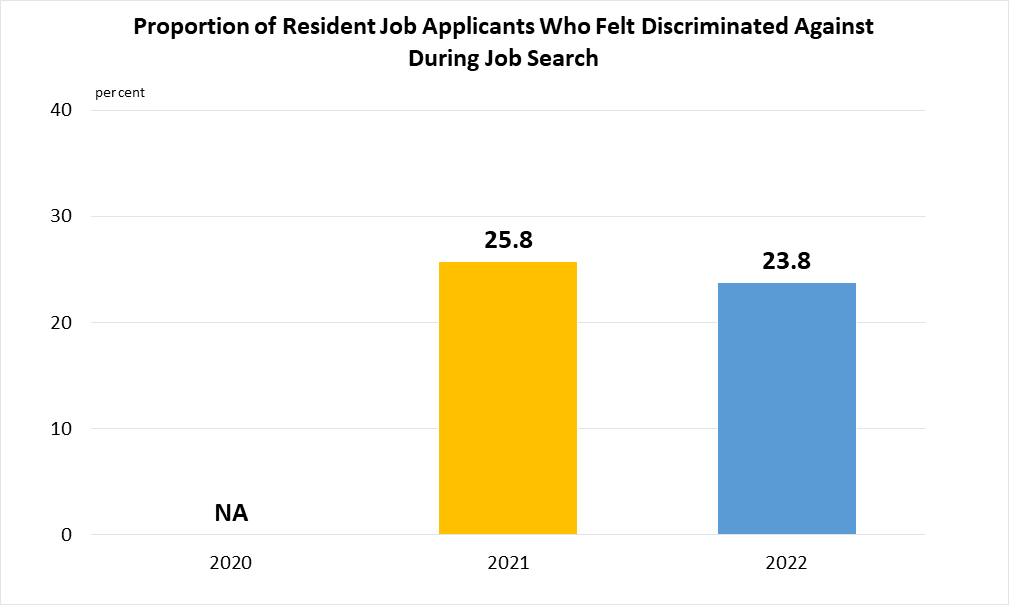
Residents comprise Singapore citizens and permanent residents. Data are taken from MOM's Supplementary Survey on Fair Employment Practices and based on those with job search activity in the year prior to the conduct of the survey.
(b)
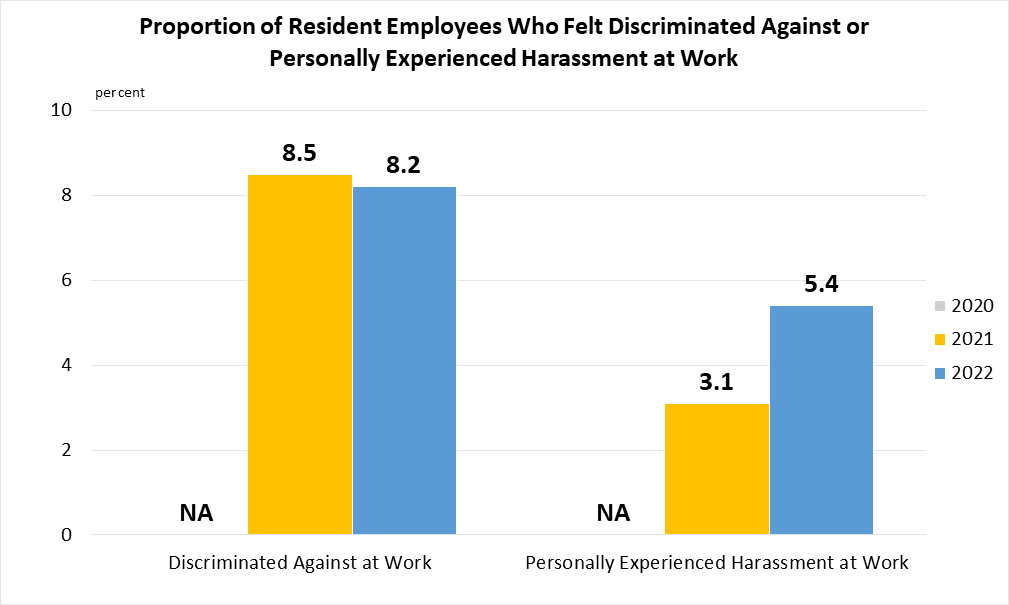
Residents comprise Singapore citizens and permanent residents. Data are taken from MOM's Supplementary Survey on Fair Employment Practices and pertain to those who have worked as an employee in the year prior to the conduct of the survey.
|
|
 |
Adopt Fiscal and Social Policies that Promote Equality
Adopt policies, especially fiscal, wage and social protection policies, and progressively achieve greater equality.
|
Indicator 10.4.1 | Labour share of GDP
|
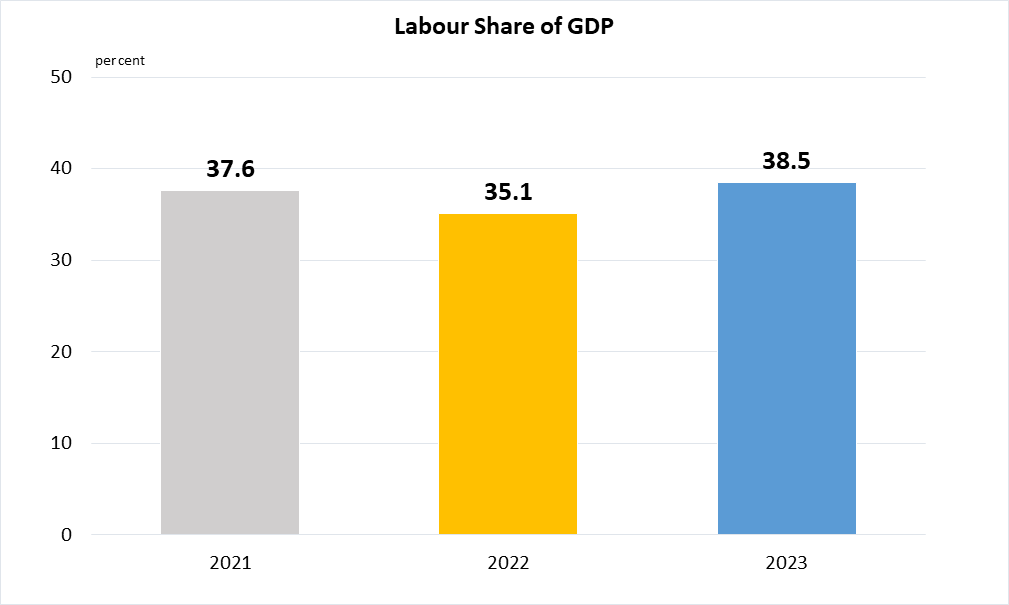
Data refer to the relative share of compensation of employees to Gross Domestic Product (GDP) at current prices compiled from the income approach.
Figures are correct as at the Annual Economic Survey of Singapore 2024.
|
|
 |
Indicator 10.4.2 | Redistributive Impact of fiscal policy on the Gini index
 |
Improved Regulation of Global Financial Markets and Institutions
Improve the regulation and monitoring of global financial markets and institutions and strengthen the implementation of such regulations.
|
Indicator 10.5.1 | Financial Soundness Indicators
|
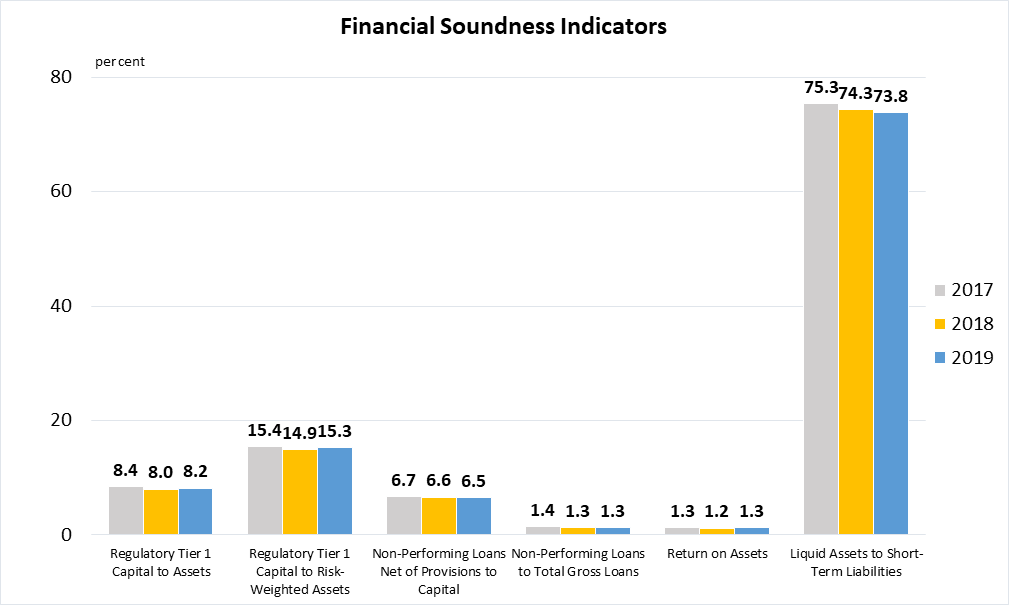
Data are taken from United Nations SDG Global Database.
|
|
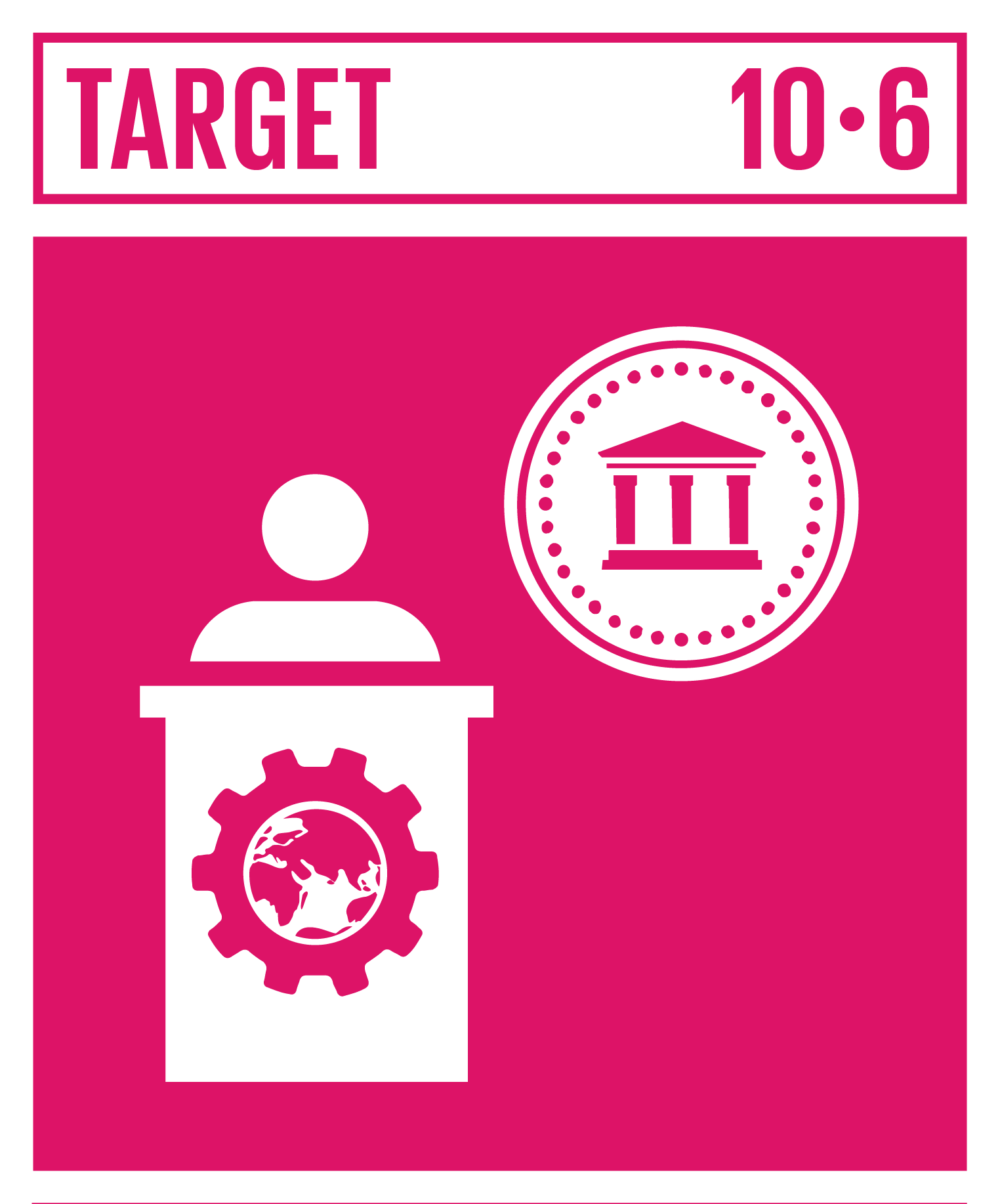 |
Enhanced Representation for Developing Countries in Financial Institutions
Ensure enhanced representation and voice for developing countries in decision-making in global international economic and financial institutions in order to deliver more effective, credible, accountable and legitimate institutions.
|
Indicator 10.6.1 | Proportion of members and voting rights of developing countries in international organizations
|
(a) Singapore is a member of the following seven international institutions:
1. United Nations General Assembly (UNGA);
2. International Monetary Fund (IMF);
3. International Bank for Reconstruction and Development (IBRD)
4. International Finance Corporation (IFC);
5. Asian Development Bank (ADB);
6. World Trade Organisation (WTO); and
7. Financial Stability Board (FSB).
(b) Singapore has voting rights for the following six international institutions:
1. United Nations General Assembly (UNGA);
2. International Monetary Fund (IMF);
3. International Bank for Reconstruction and Development (IBRD)
4. International Finance Corporation (IFC);
5. Asian Development Bank (ADB); and
6. World Trade Organisation (WTO).
The Financial Stability Board (FSB) decides by consensus, rather than by voting.
|
|
 |
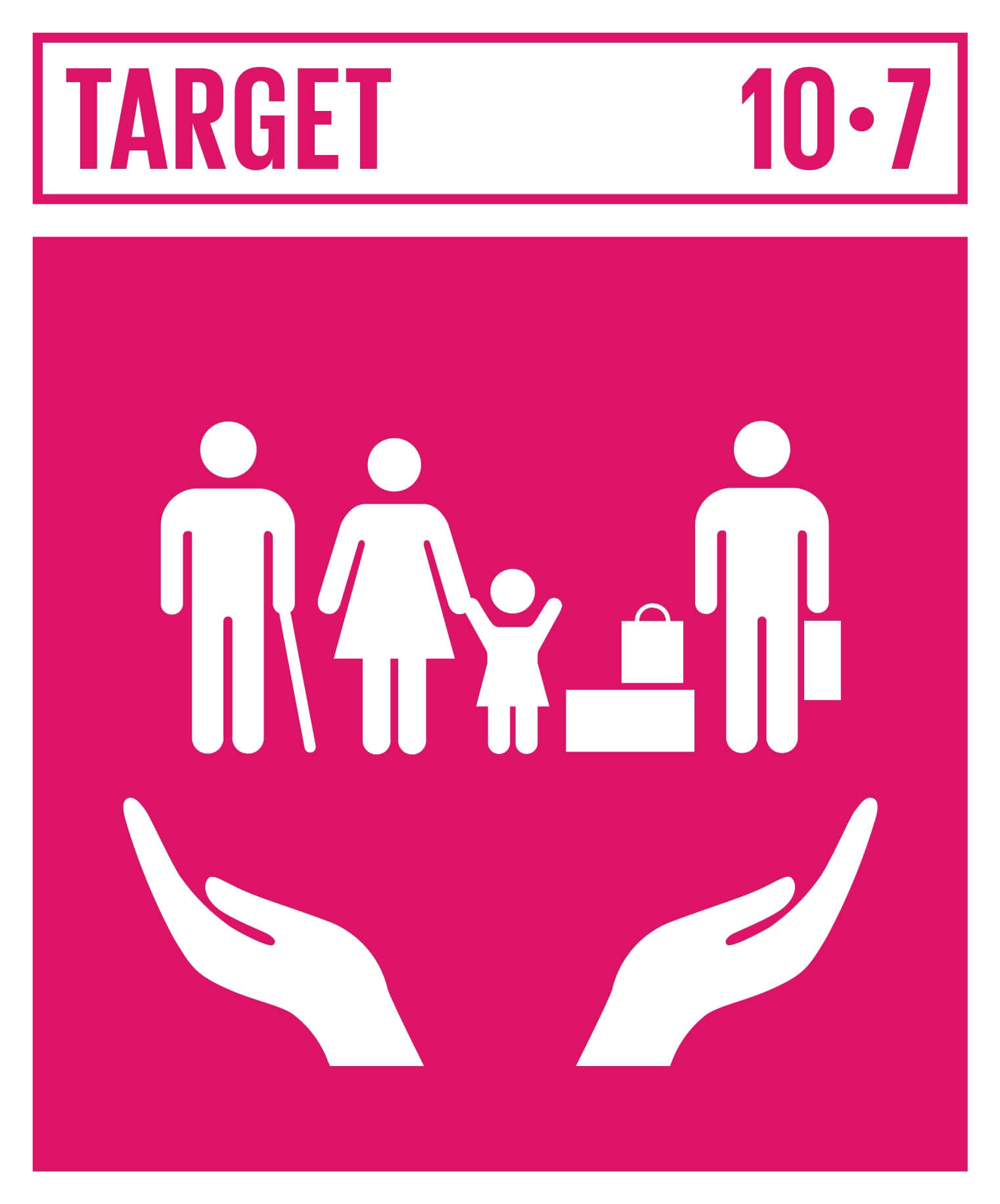 |
Responsible and Well-Managed Migration Policies
Facilitate orderly, safe, regular and responsible migration and mobility of people, including through the implementation of planned and well-managed migration policies.
|
Indicator 10.7.1 | Recruitment cost borne by employee as a proportion of monthly income earned in country of destination
|
Singapore's Employment Agencies Act states that Singapore’s employment agencies are not allowed to collect more than 1 month of the foreign worker's fixed monthly salary for each year of service, capped at 2 months’ salary.
|
|
Indicator 10.7.4 | Proportion of the population who are refugees, by country of origin
|
Not applicable to Singapore. Singapore is not a signatory to the 1951 United Nations Conventions on refugees or any other convention of refugees. As a small country with limited land and natural resources, Singapore is not in a position to accept refugees or asylum seekers.
|
|
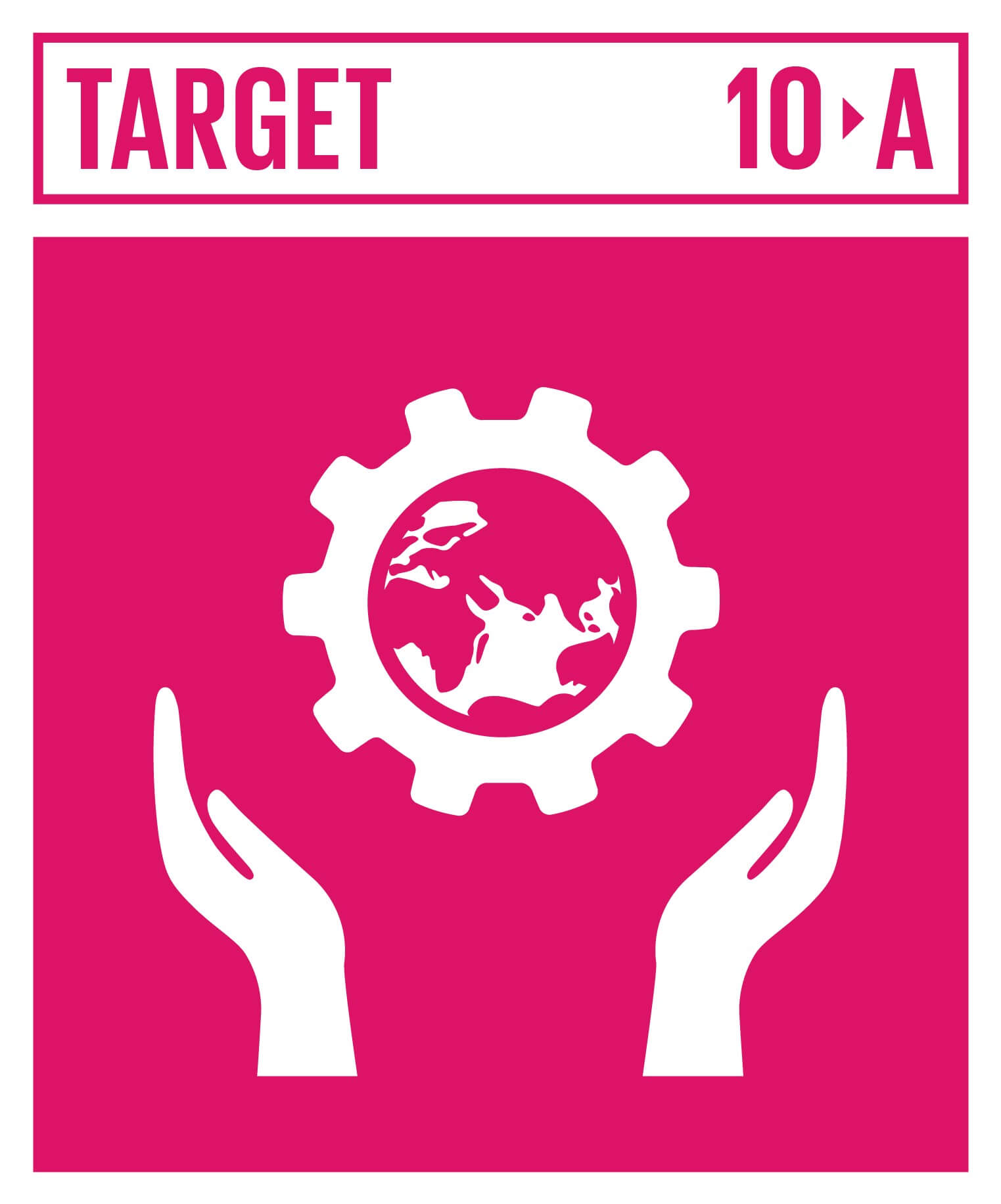 |
Special and Differential Treatment for Developing Countries
Implement the principle of special and differential treatment for developing countries, in particular least developed countries, in accordance with World Trade Organization agreements.
|
Indicator 10.A.1 | Proportion of tariff lines applied to imports from least developed countries and developing countries with zero-tariff
|
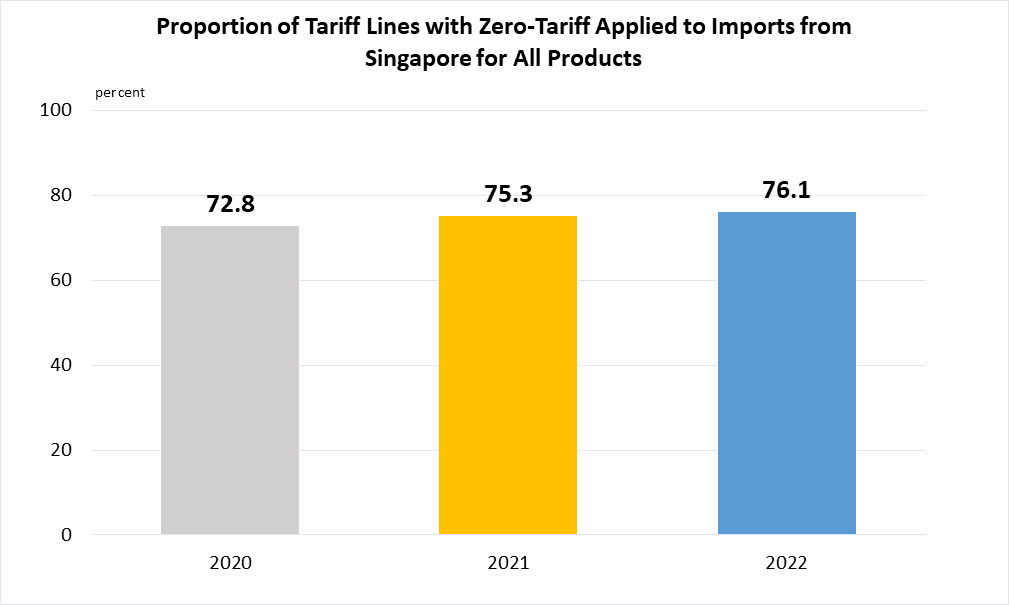
Data are taken from United Nations SDG Global Database.
|
|
 |
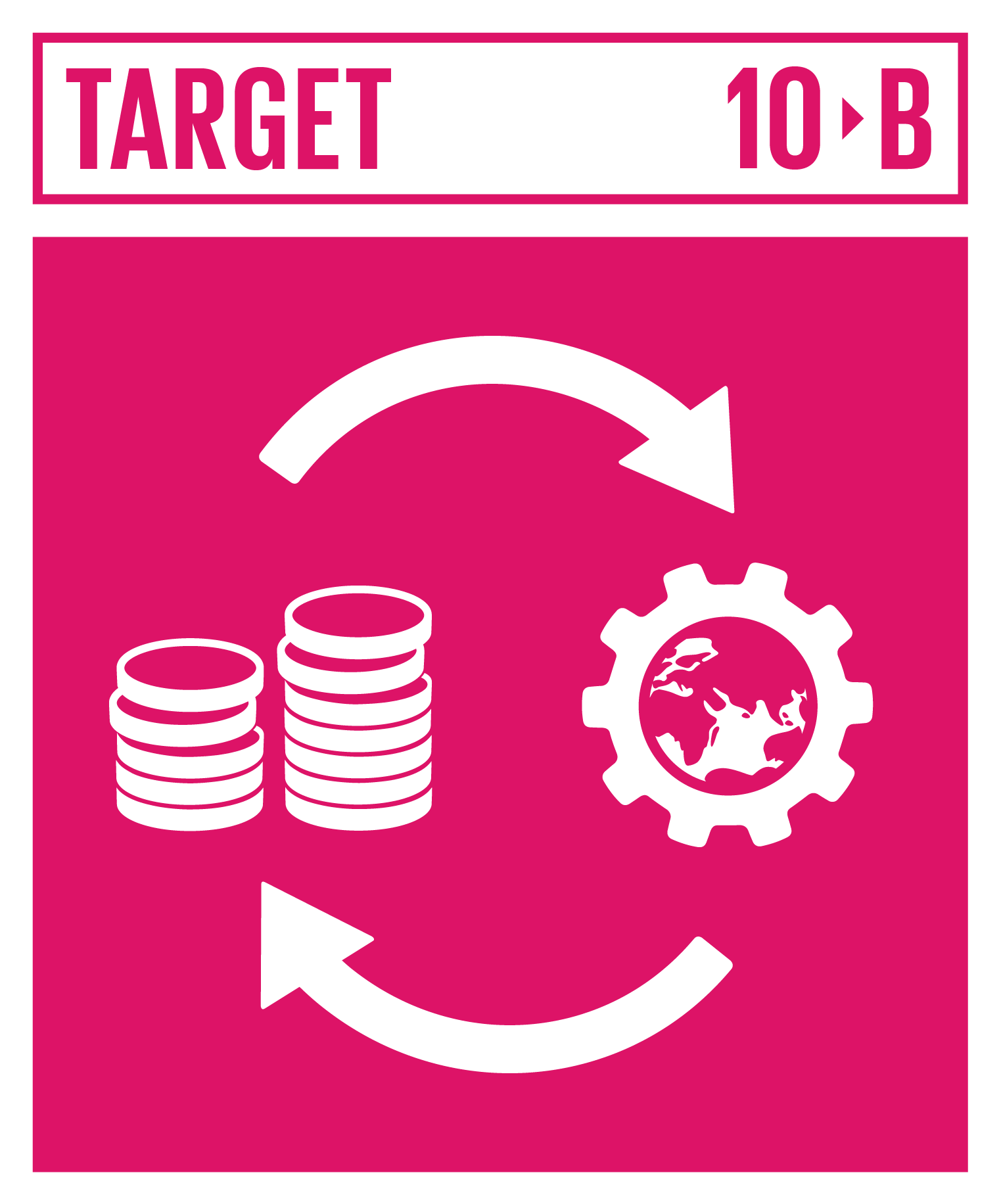 |
Encourage Development Assistance and Investment in Least Developed Countries
Encourage official development assistance and financial flows, including foreign direct investment, to States where the need is greatest, in particular least developed countries, African countries, small island developing States and landlocked developing countries, in accordance with their national plans and programmes.
|
Indicator 10.B.1 | Total resource flows for development (e.g. official development assistance, foreign direct investment and other flows)
|
Not applicable. Singapore does not receive Official Development Assistance.
|
|
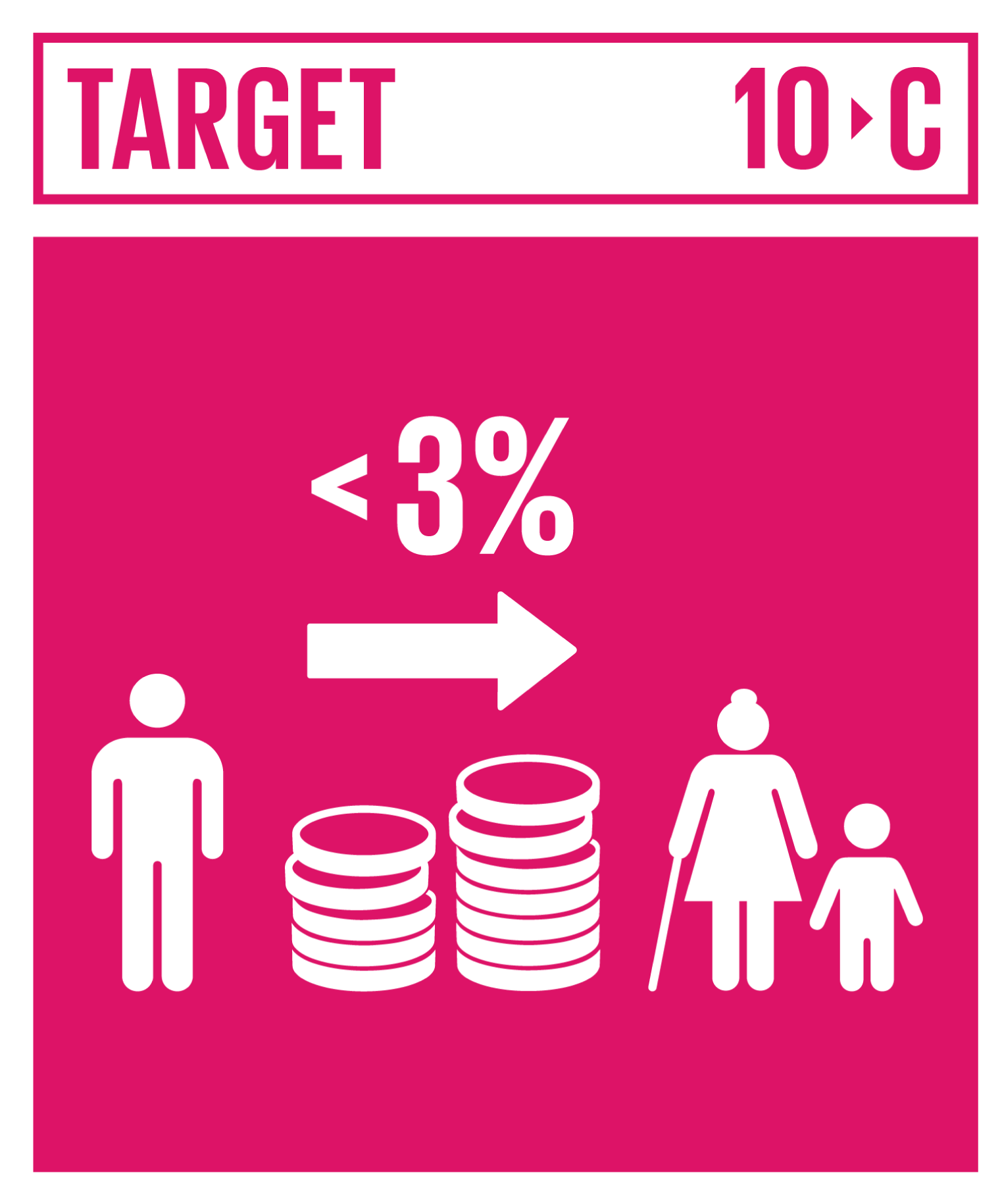 |
Remittance Costs as a Proportion of the Amount Remitted
By 2030, reduce to less than 3 per cent the transaction costs of migrant remittances and eliminate remittance corridors with costs higher than 5 per cent.
|
Indicator 10.C.1 | Remittance costs as a proportion of the amount remitted
|
(a)
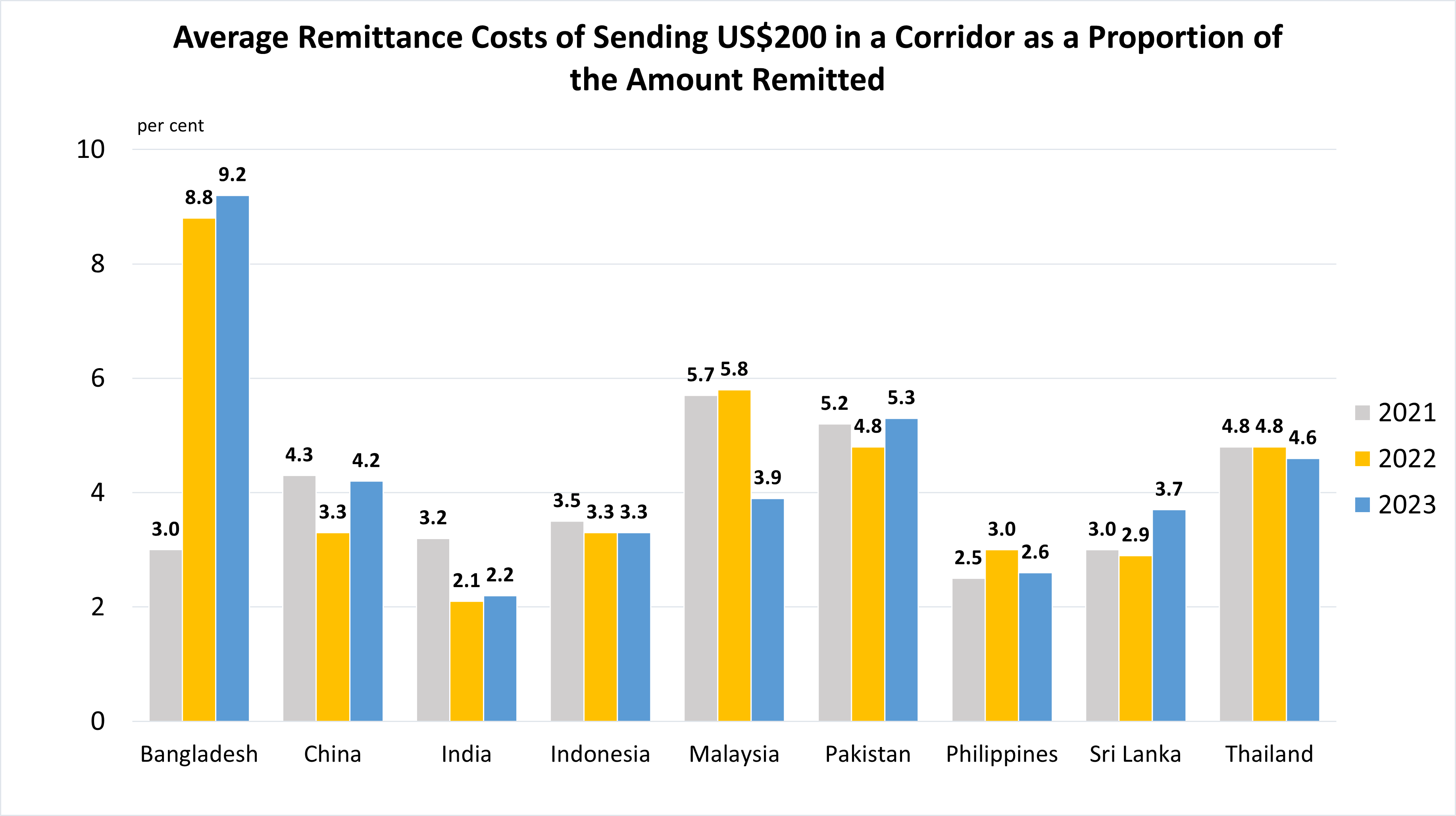
Data are taken from United Nations SDG Global Database.
(b)
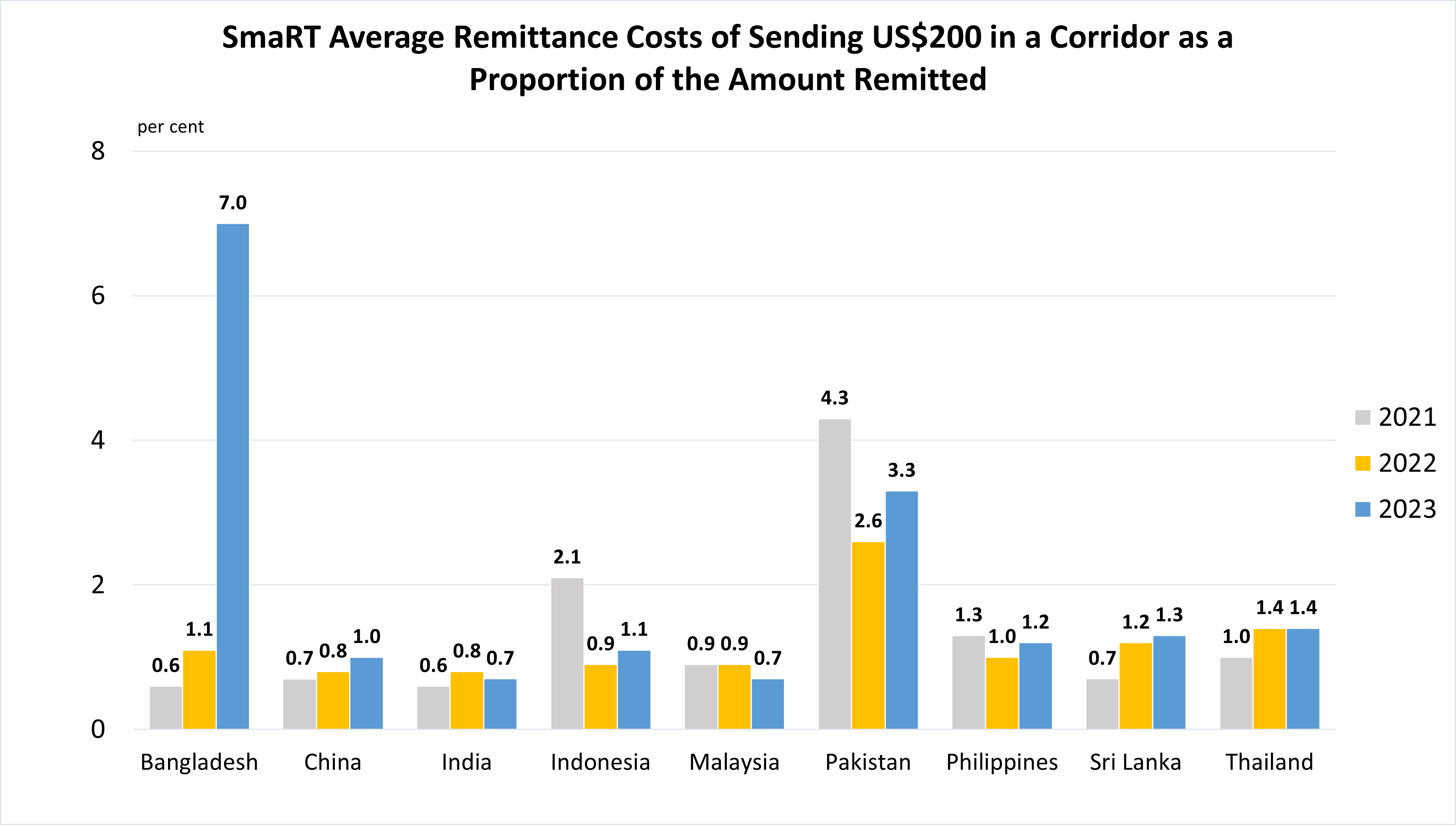
Data are taken from United Nations SDG Global Database.
(c)
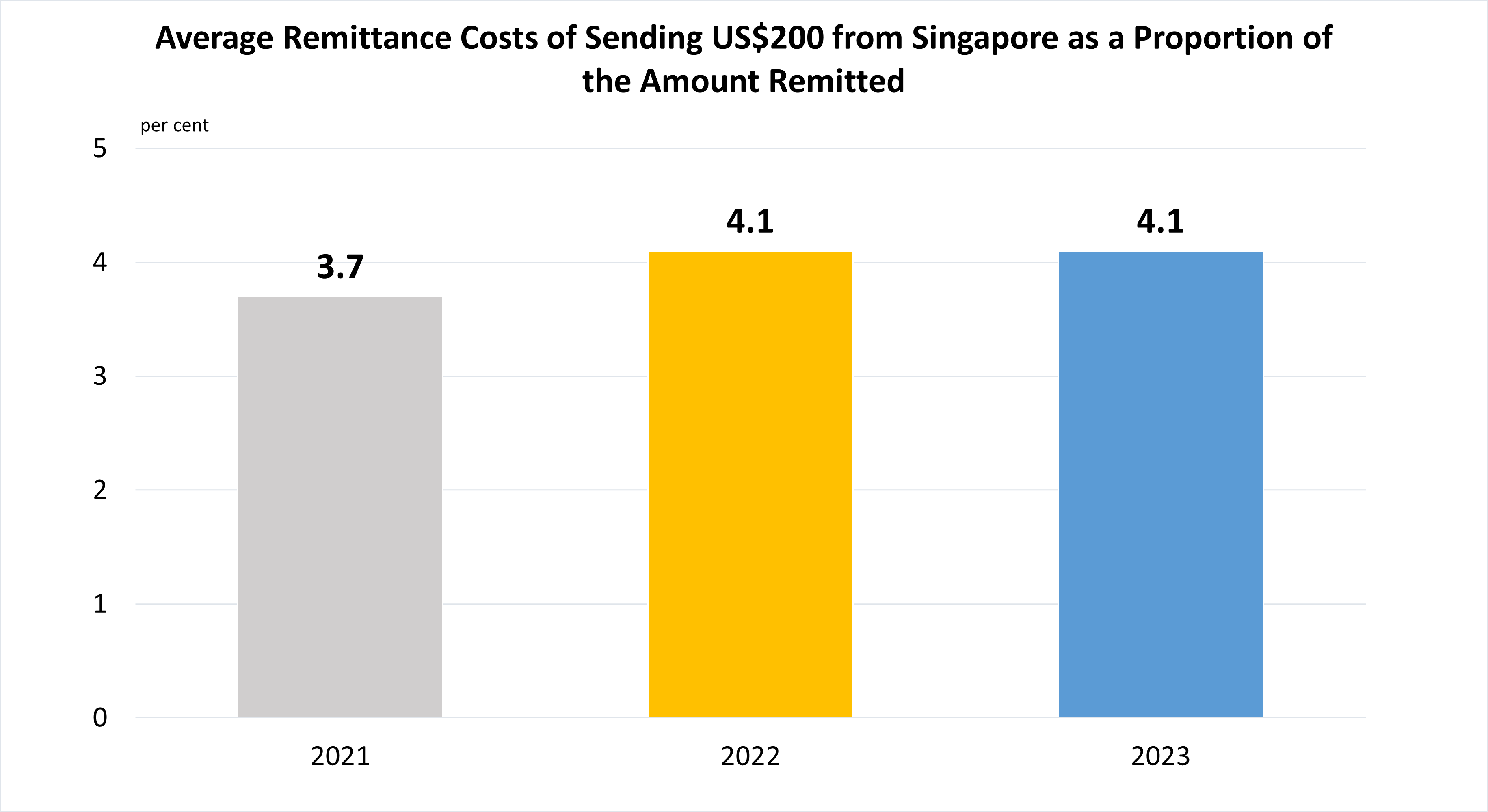
Data are taken from United Nations SDG Global Database.
|
 |